If digital natives have taught us one thing, it’s that they love brands but hate advertising.
As such, building a brand that resonates with your audience that sticks with you for the long haul is a crucial success factor.
And this is what brand relevance is all about.
In this article, we’ll tell you everything you need to know about brand relevance, why it matters, and how your brand can achieve it.
Let’s begin.

Manage all your social media accounts in one place.
Craft, schedule, & auto-post content to all your social channels, then track analytics and manage interactions from a single, easy-to-use dashboard.
What is Brand Relevance?
Brand relevance is the new differentiation. It’s how brands become different while remaining both personally relevant and emotionally connected to customers.
And, according to Prophet:
Brand relevance is the most reliable indicator of a brand’s long-term success.
It underpins the level of loyalty, trust, and engagement a customer is likely to feel about the brand and its products.
Achieving brand relevance is not easy. Especially as technology changes rapidly and customer expectations get higher and higher.
In fact, many businesses struggle to attain and sustain brand relevance as they strive to be different from their competitors, emotionally engage with customers, and adapt to the continual changes.
Why Brand Relevance Matters
Brand relevance, rather than differentiation, matters more than ever, especially in the current crisis, as a means to future-proof your business.
As Elliot Schreiber, Ph.D states:
“Relevance is more important than differentiation: Business strategists, marketers, and brand managers have fixated on differentiation. Customers, however, are drawn to relevance – the things that connect with them emotionally.”
To put it into context, you may date several different people, but you only marry the relevant one as you can’t live without them.
This is also the reason why, although on paper the latest Samsung Galaxy S20 has got a better camera, is a lot “smarter” and cheaper than the iPhone 11, and allows you to connect to the faster 5G network, many consumers will stick to the iPhone because they are used to it and they like it — and because the Apple brand is more relevant to them. They have no interest in the Samsung phone or how it is different from Apple.
As brand consultancy Prophet says:
“The strongest brands are relentlessly relevant and make a difference in consumers’ lives.”
This comes with further business benefits:
- For instance, customer acquisition costs are lower. Because customers are naturally drawn to the brand, it takes less effort for the brand to attract them.
- And customer lifetime value is higher – in terms of higher average order and better retention rates.
This results in faster growth, higher profitability, and greater success.
How to Make Your Brand Relevant
Let’s take a look at the steps you need to take to make, and keep, your brand relevant:
- Set your business goals.
- Implement your strategy.
- Measure your performance.
- Adapt & adjust accordingly.
1. Set your business goals
As we saw with the Apple and Samsung story above, customers are willing to pay a higher price and remain loyal to their preferred brand, when brands are more relevant.
As a business, you need to ensure your brand remains relevant throughout the customer journey. It’s not merely a case of winning new customers, but ensuring they remain loyal, while you eliminate potential competitors. Your business strategy for this customer journey should look something like this:
- Win new customers
- Eliminate the competition
- Become the market leader
- Increase your retention rates
- Build goodwill with loyal fans
- Future-proof your business with a relevant brand
There’s a reason why Apple is the most relevant brand in the US, according to the Prophet Brand Relevance Index ®. And that’s because their business strategy follows the steps above.
Although they’re best known for their sleek hardware designs across the product range – phones, tablets, laptops, computers – they don’t stand still. They want to win new customers and increase their market share.
So they look to extend the product range with wearables like watches and wireless AirPods.
And then, they go one step further, and branch into services, starting with iCloud and moving to Apple Music, Apple TV, and Apple Pay.
In fact, for the fiscal year 2019, their Services division was one of the company’s most profitable revenue streams:
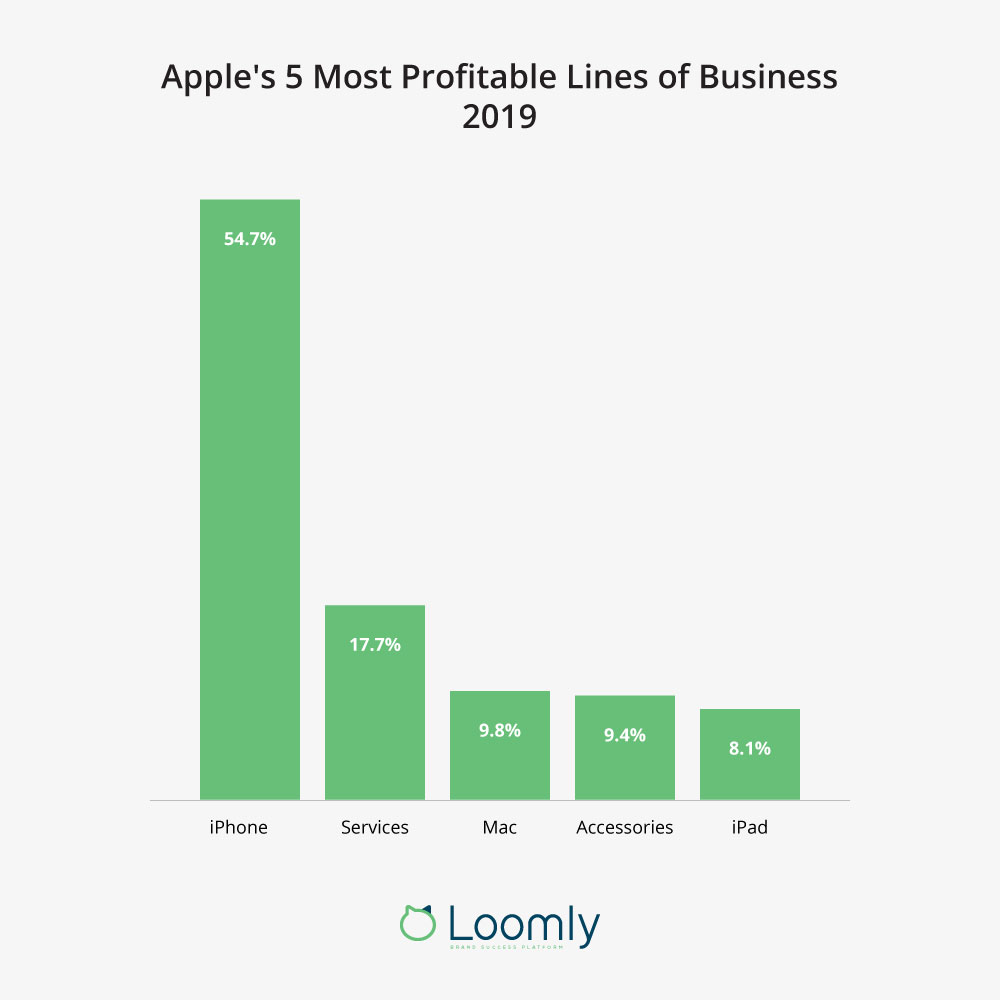
All of these moves into new market segments strengthen their brand, future-proof their business, and ensure it’s relevant to their loyal customers.
2. Implement your strategy
Having established your business goals, you need to implement your plan. For example:
- Set your editorial line – i.e. your rules of engagement.
- Create an editorial calendar.
- Produce and publish high-quality content consistently through collaboration and a robust workflow.
- Engage with your community – for example, by being responsive and supportive.
Let’s take a look at an example.
In the UK, the NHS (National Health Service) is the most relevant brand on the Prophet Brand Relevance Index ®.
At first glance, this may seem odd.
Why would the National Health Service be such a strong and relevant brand?
Well, look no further than their website, which is brimming with high-quality content that combines directories of essential services and apps with a broad range of self-help information.
For example, there’s
- Latest news and guidelines on COVID-19:

- Resource directories like Health A-Z and Medicines A-Z:
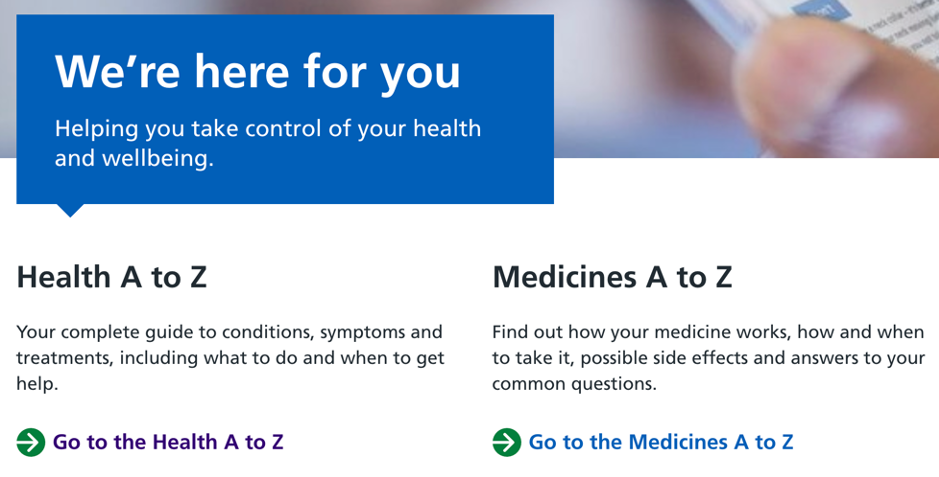
- Directions on where to find local health services:
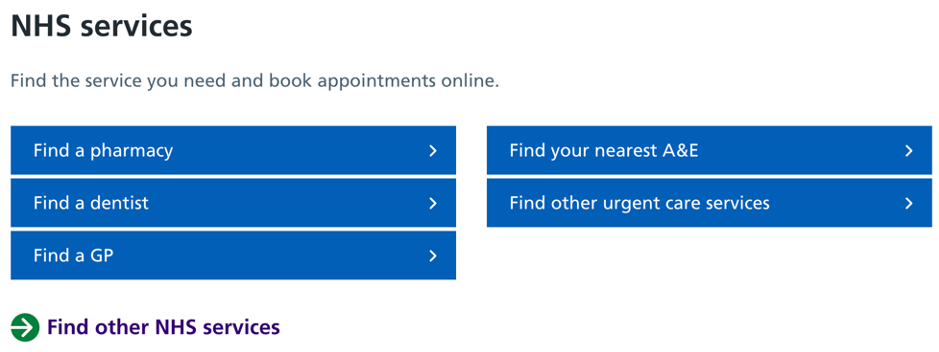
- Articles on healthy-living and well-being:

- The NHS Apps library, including Baby and Child First Aid, Digital Urinalysis, and Brush DJ:
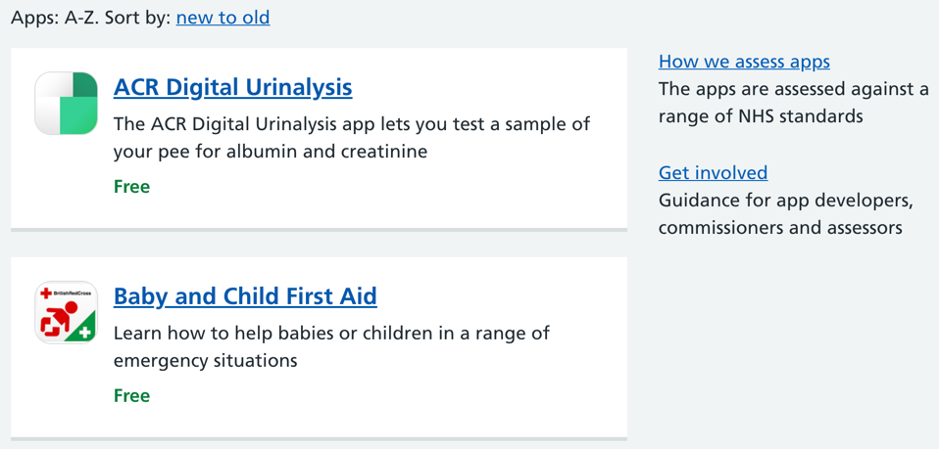
While the future remains unclear, the British people love and cherish this brand, and believe in its commitment to improve their health and well-being.
3. Measure your performance
Having implemented your marketing strategy, you’ll need to measure and analyze the response from both prospective and existing customers to see how relevant your brand is.
- Quantitative – for example, the number of likes, shares, comments, direct messages, clicks, conversions, and repeat orders.
- Qualitative – for example, sentiment and earned media.
Let’s take a look at the second-placed relevant brand, Spotify.
Their brand appeals to a broad audience, especially the Millennials and Gen Z. But like Apple, they’ve not stood still. Their offering now includes podcasts as well as music so they can attract new customers and keep their existing loyal music fans.
From a quantitative perspective, look no further than their Instagram channel.
For example, this post featuring Spanish musician #Camilo has almost 200k views and 375 comments:
And this post featuring Selena Gomez has 348K views and 2,425 comments:
From a qualitative perspective, they have a superb community platform:
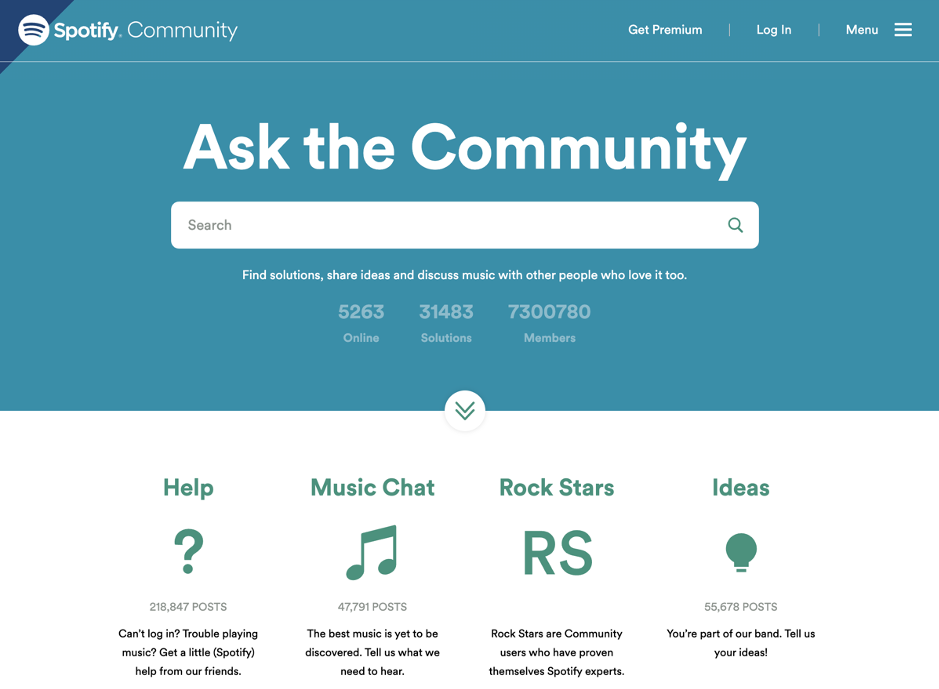
Which also includes:
- Spotify Answers, covering a wide range of topics.
- Playlist Exchange, where customers can share their curated playlists:
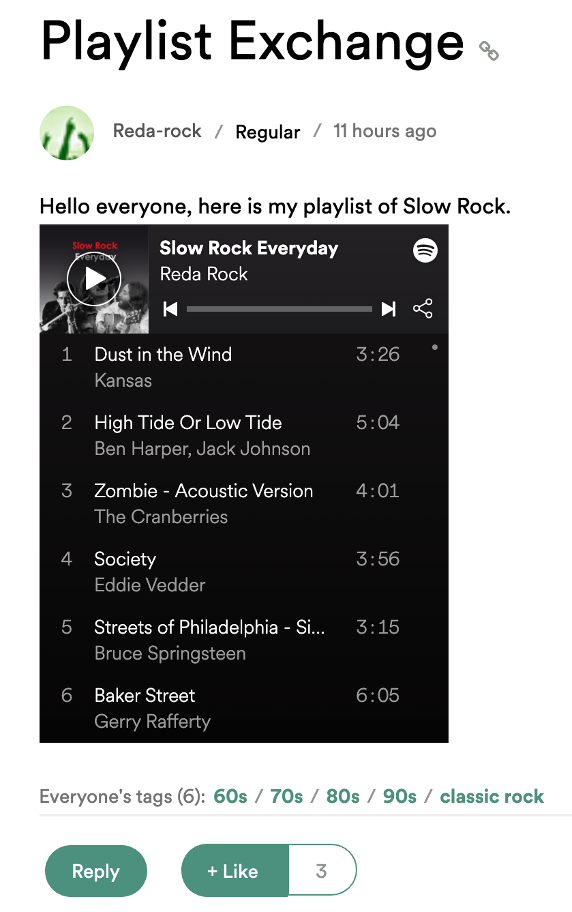
- Community Blog, where users share news and opinions:
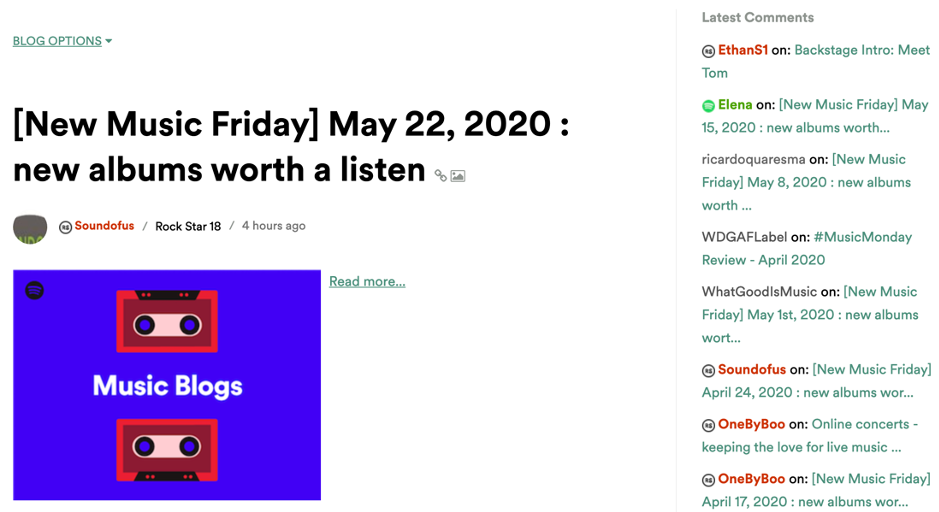
- There are also communities for artists, developers, and brands:
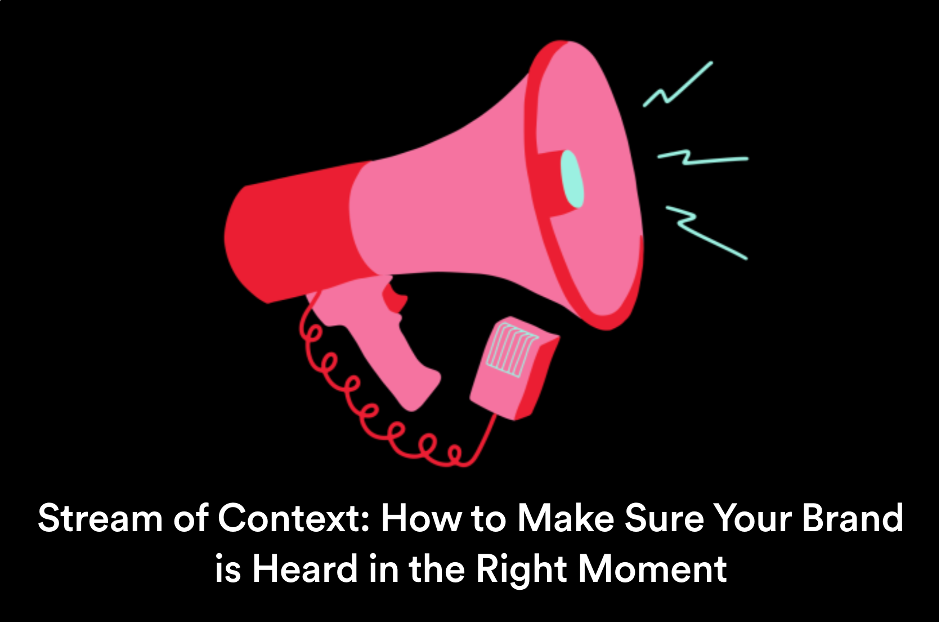
Customers love the Spotify brand. And you can see it remains relevant and engaged when they receive feedback like “Makes me happy,” “Connects with me emotionally,” and “Makes me feel inspired.”
4. Adapt and adjust accordingly
Having measured the success of your content strategy, you’ll need to compare your achievements with your goals and decide how you need to adjust your strategy.
But this isn’t a once-only effort. Brands have to continuously tweak and adapt their implementation until they have some success.
“A brand’s long-term resiliency requires adaptability to stay in tune with the consumer’s changing needs and have the confidence to adjust accordingly.”
Remember: it’s even easier to lose a customer than it is to gain one, so you can’t rest at the top, or you’ll soon be at the bottom.
The perfect example of this long-term resilience is displayed by the rising relevance of Netflix.
Even though it faces serious competition from up-and-coming streaming services such as Apple TV+ and Disney+, fans stay loyal to the brand because it continually finds new ways to engage them.
While it still has 87% of the streaming market in the US, it’s shifting its focus from licensed content, like Friends, to more originals, like The Stranger and Messiah.
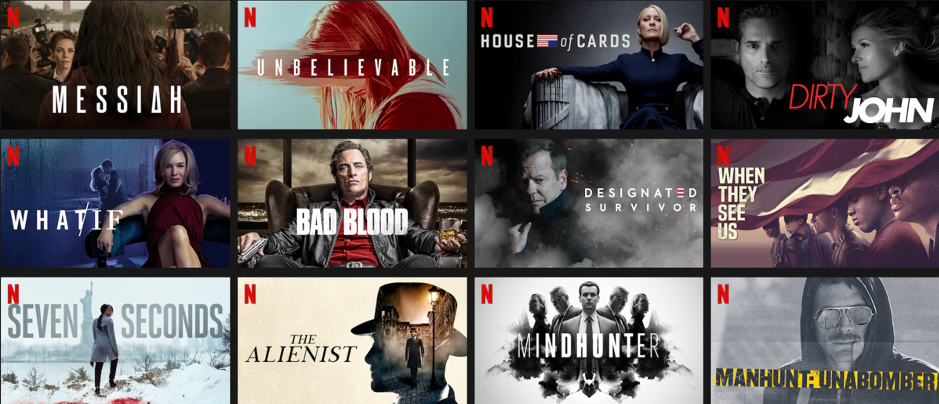
Brand Relevance in a Nutshell
Here’s a quick recap of what we’ve covered today:
- Brand relevance is the new differentiation.
- Brand relevance matters more than ever to future-proof your business.
- If you want your brand to be more relevant and emotionally engaged with your customers, you have to be different in what you do and how you do it.
Successful brands stay relevant by disrupting the market, and then continually adapting and adjusting to ensure they remain connected to their loyal fans.
Be one of those brands.



